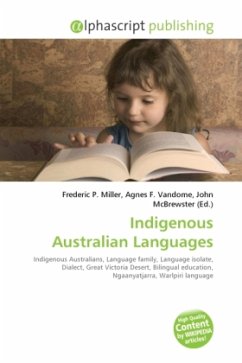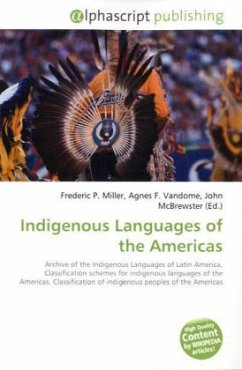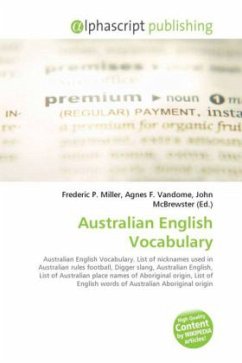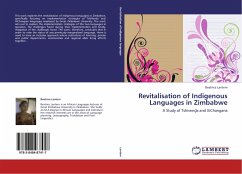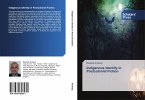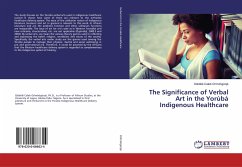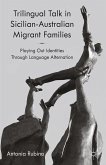The Indigenous Australian languages comprise several language families and isolates native to Australia and a few nearby islands, but by convention excluding Tasmania. The relationships between these languages are not clear at present, although substantial progress has been made in recent decades.In the late 18th century, there were between 350 and 750 distinct Aboriginal social groupings, and a similar number of languages or dialects. At the start of the 21st century, fewer than 150 indigenous languages remain and all except roughly 20 are highly endangered. Of those that survive, only 10%, usually located in the most isolated areas, are being learned by children. For example of the 5 least endangered Western Australian Aboriginal languages, 4 belong to the Ngaanyatjarra grouping of the Central and Great Victoria Desert. Bilingual education is being used successfully in some communities; in one case recently near Alice Springs, white teachers were required to learn the local language, and Aboriginal parents complained that their children were not learning English at school. A couple of the most populous Australian languages, such as Warlpiri and Tiwi, have around 3,000 speakers.
Bitte wählen Sie Ihr Anliegen aus.
Rechnungen
Retourenschein anfordern
Bestellstatus
Storno

